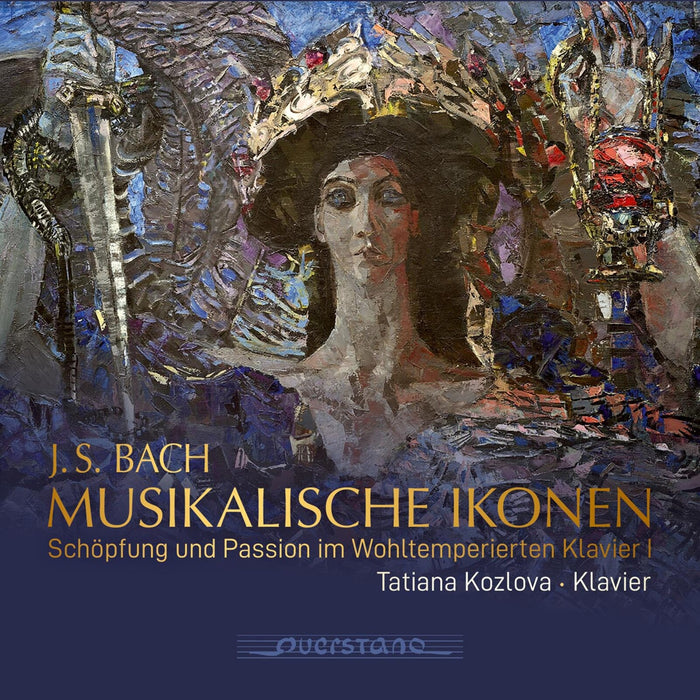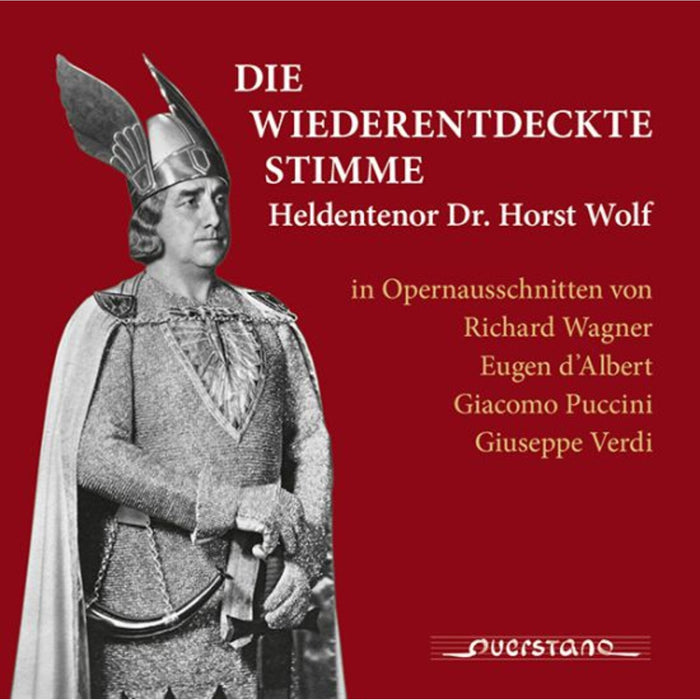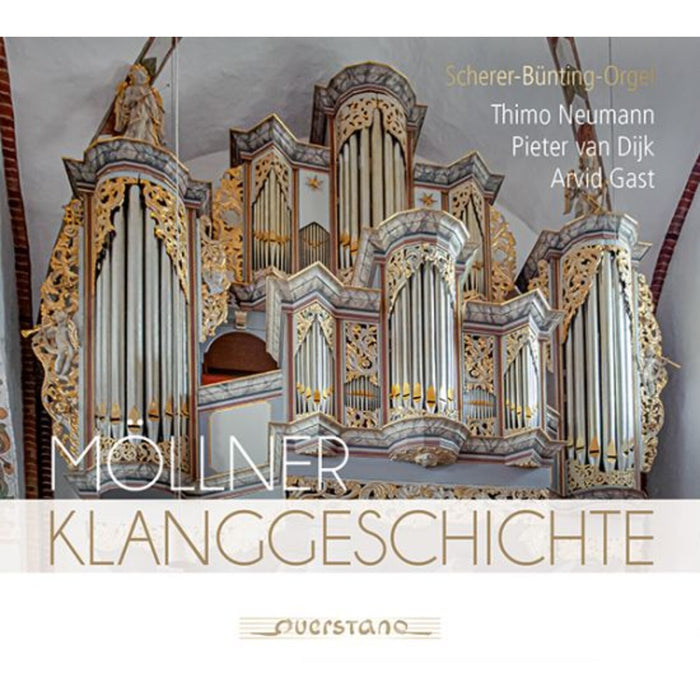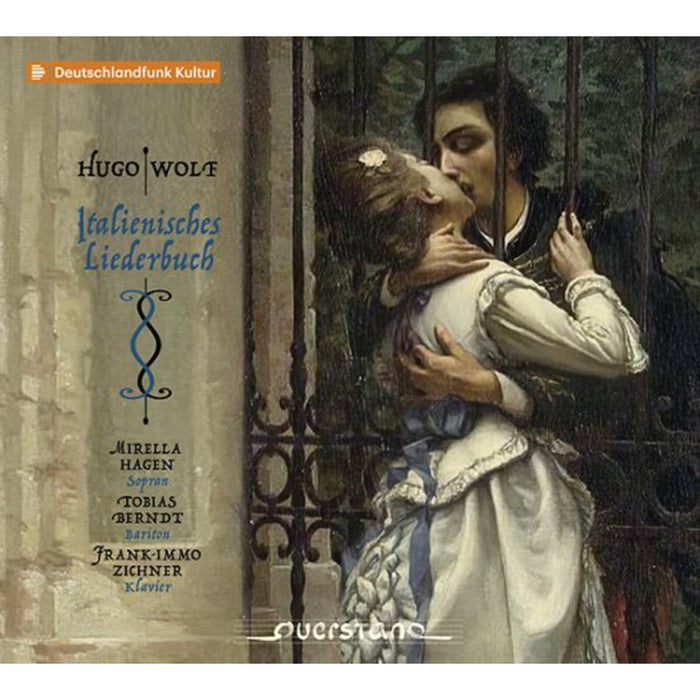Description
When Volker Janig took up his post as cantor of the St Nicolai Church in Molln, Schleswig-Holstein, in 1998, he found a technically desolate organ with excellent sound properties and components from six centuries. Based on a careful inventory and an international symposium in 2009, among other things, a concept was developed that arranged as much of the historically extremely valuable pipework as possible in a musically meaningful way. This in turn led to a focus on the holdings of Jacob Scherer (1558) and Christoph Julius Bunting (1766). Almost the entire technical system had to be rebuilt. The demanding task was entrusted to the Flentrop Orgelbouw workshop in Zaandam (Netherlands), which carried out the work from 2018 to 2022.
The result is of great importance in several respects. A new technical building was realized. Instead of preserving a state that had grown over time or, in the 20th century, had become more "grown", parts and registers were put together according to the time of their creation. The largest coherent collection of sound material by Jacob Scherer is particularly noteworthy. The musical signature of Christoph Julius Bunting is evident in the main organ and the Ruckpositiv. Integrated into this unique ensemble are what are probably the oldest playable organ pipes in Germany, dating from 1436.
The first CD on the new instrument is now available, recorded by Arvid Gast and Pieter van Dijk, who were significantly involved in the new concept, as well as Thimo Neumann, the current cantor of St. Nicolai Church. The recordings impressively demonstrate the organ's possibilities between a North German-Hanseatic representative instrument on the one hand and a gallant organ with an almost Central German character on the other.










